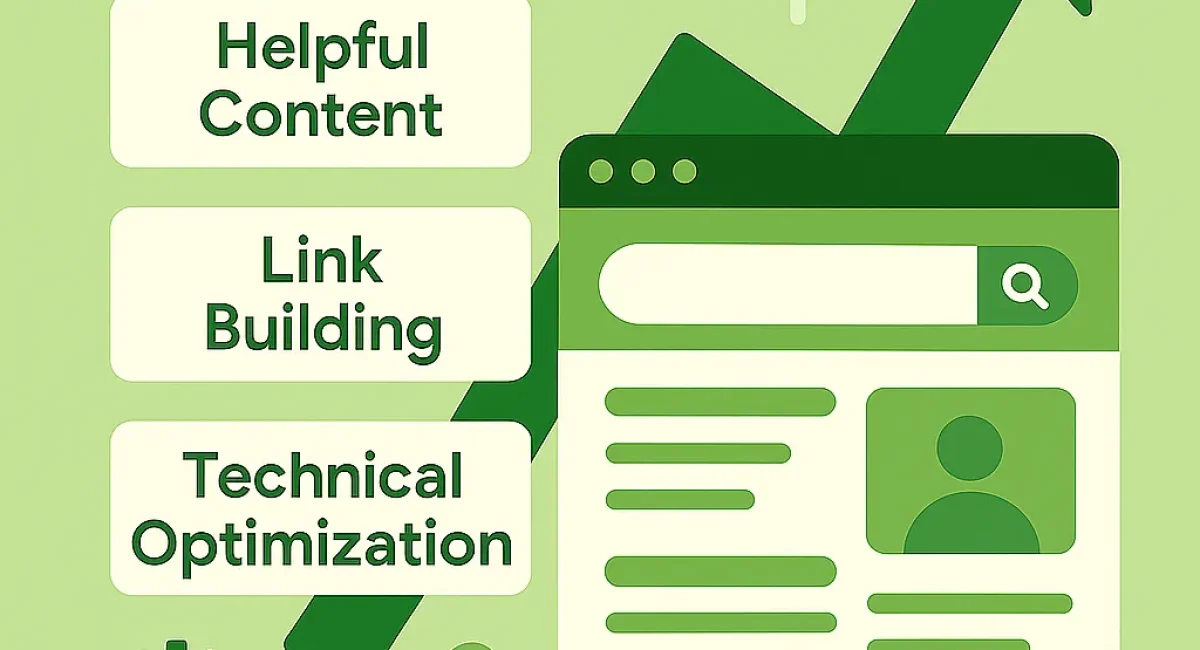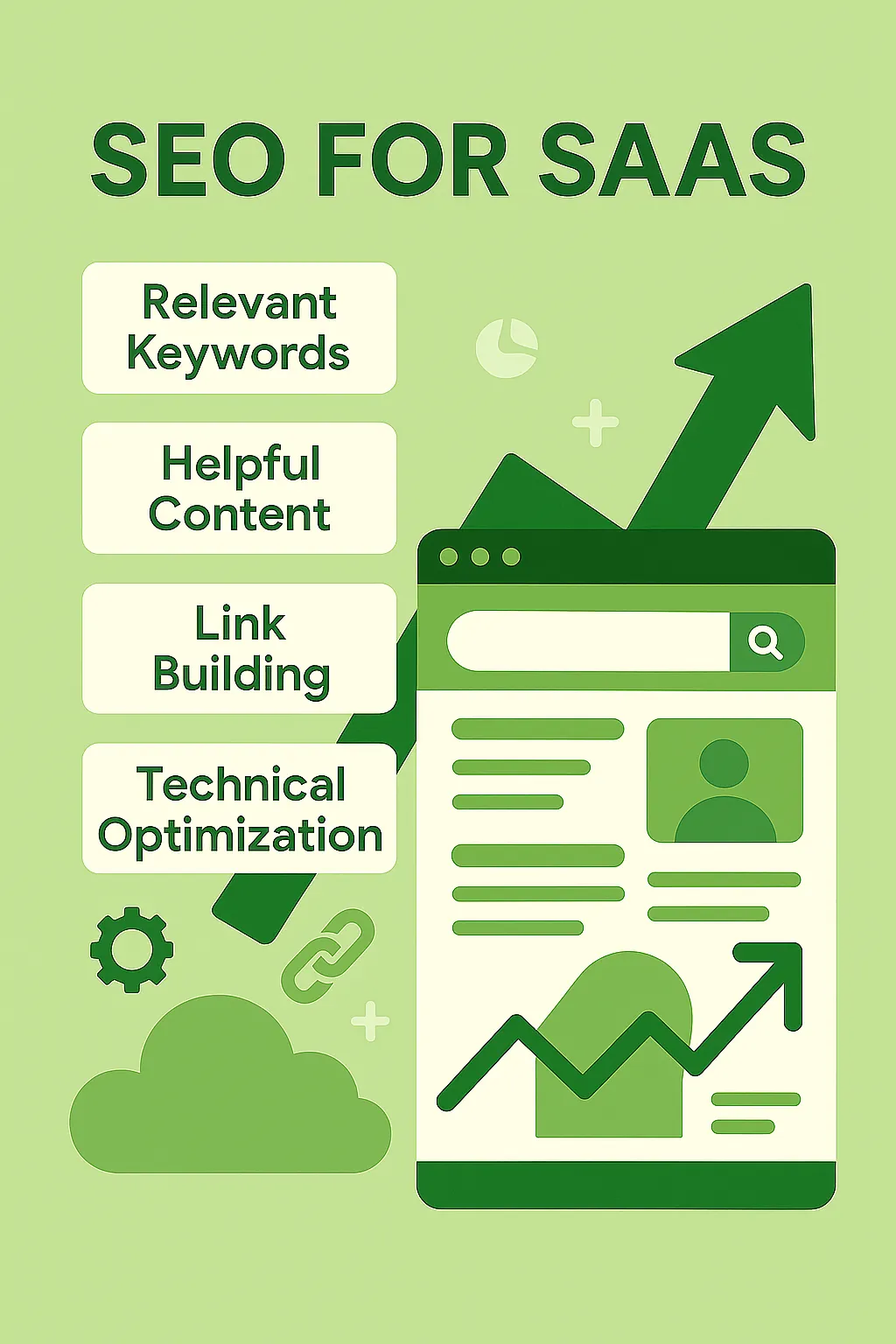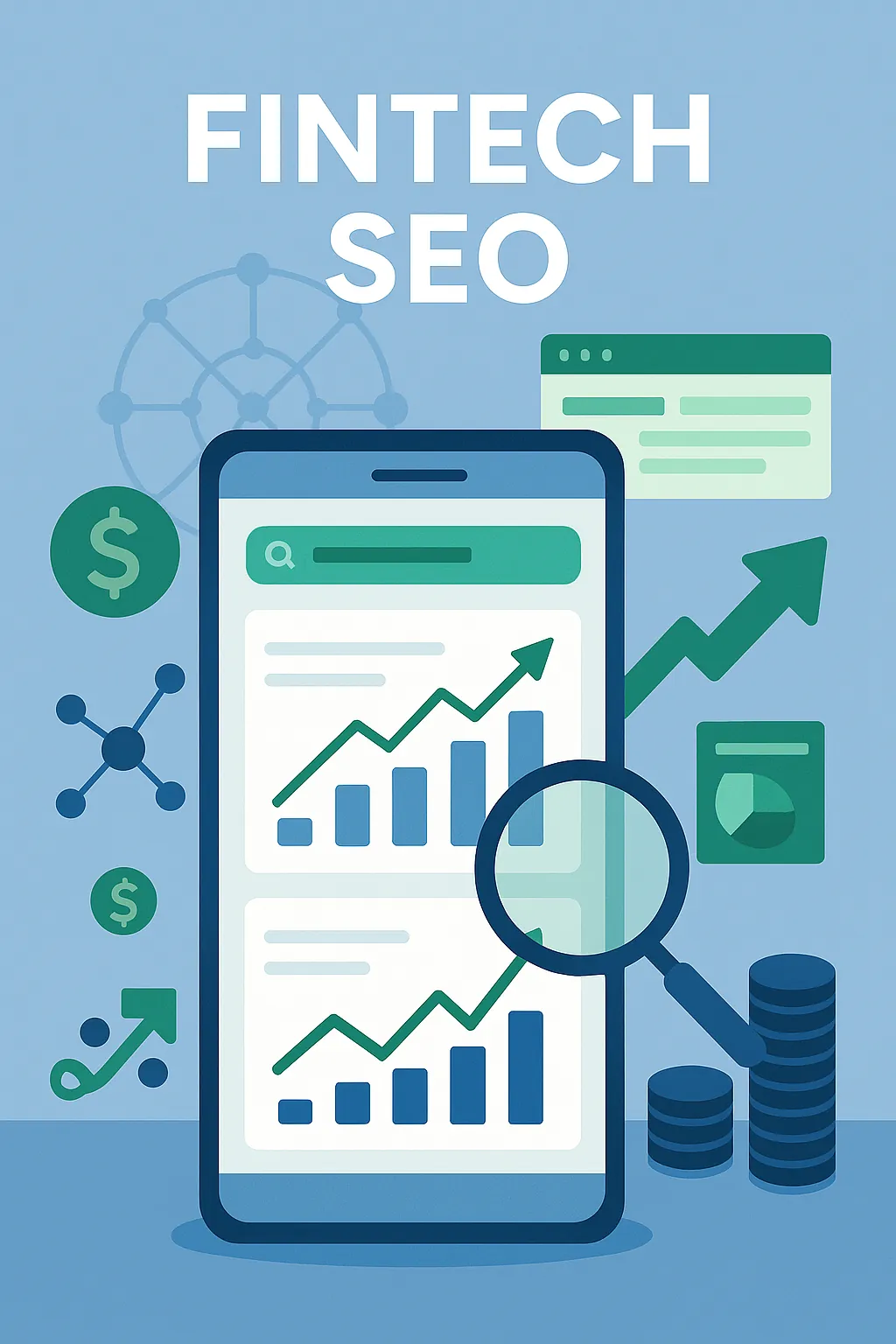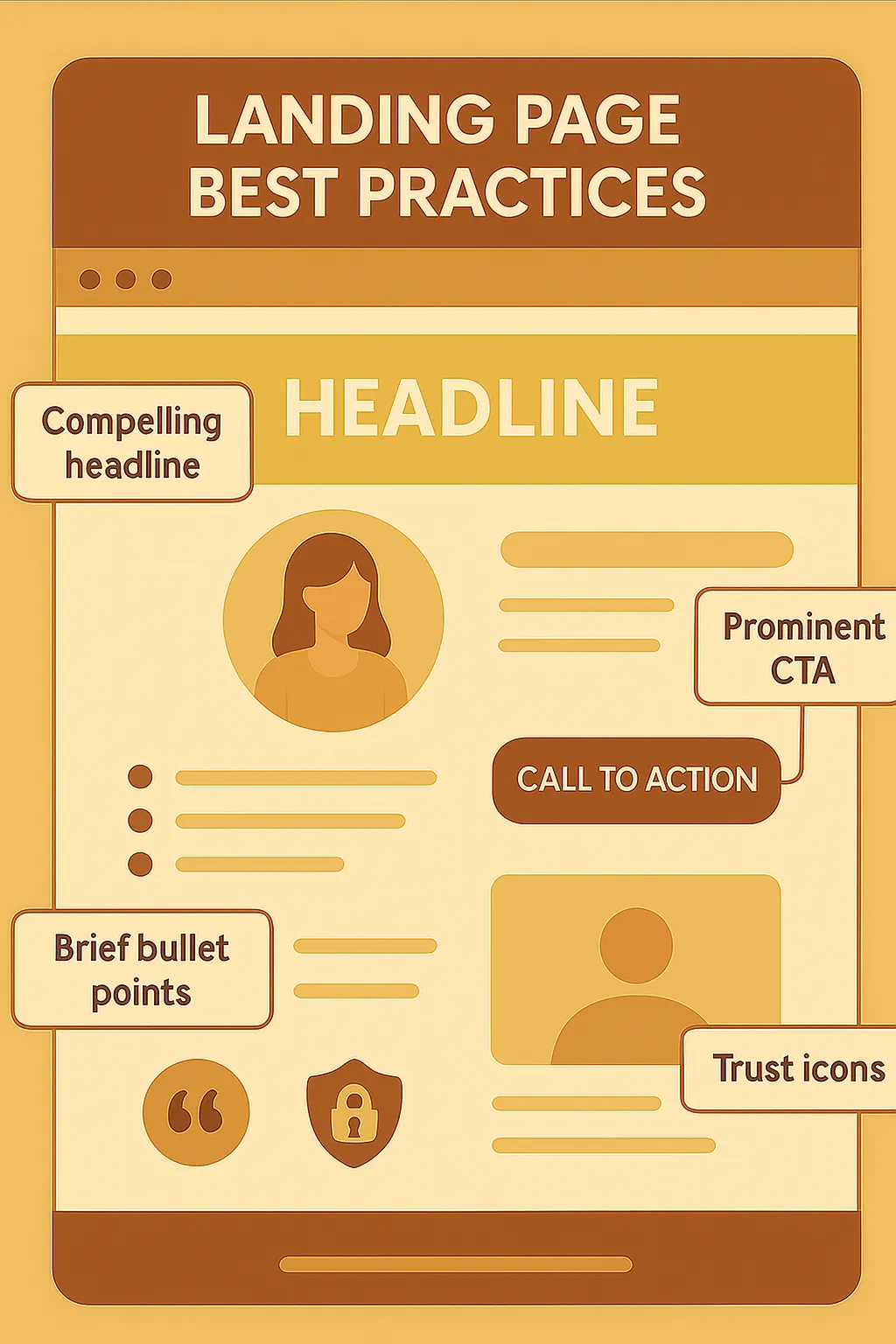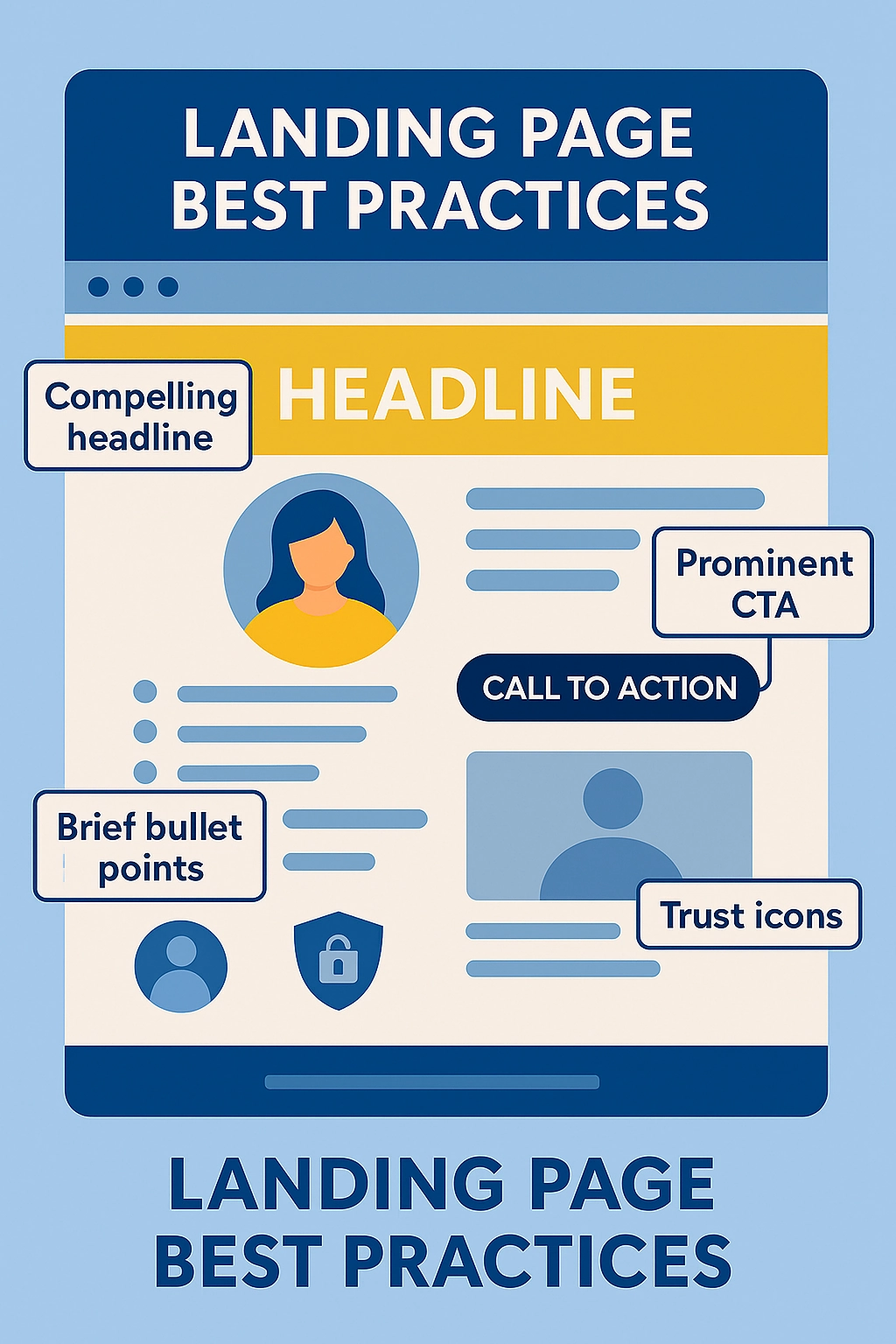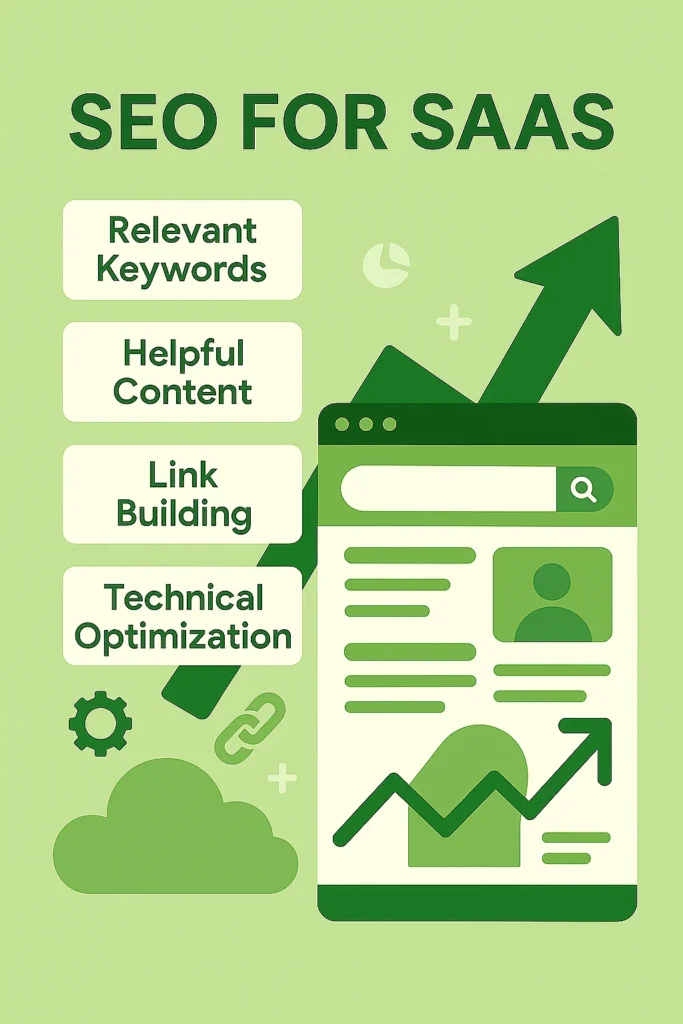
SaaS companies depend heavily on digital discovery. SEO for SaaS is a cost-effective growth engine: organic search brings qualified leads at scale. As RnD Marketing emphasizes, SEO creates lasting momentum – unlike ads that stop when budgets end – and builds trust by placing your solution at the top of search results. In fact, industry data show that top organic results capture about 40% of clicks (and first-page listings roughly 75%). This means a well-optimized SaaS site can dramatically outpace competitors. Moreover, experts note that SEO can significantly reduce customer acquisition costs (CAC) over time, since search-driven traffic is both well-targeted and sustainable. For SaaS marketers, especially on tight budgets, investing in SEO early ensures a steady stream of signups and demo requests even as paid channels fluctuate.
Keyword research and mapping for SaaS funnels
Effective SEO for SaaS starts with strategic keyword research aligned to the customer journey. Map keywords to funnel stages: awareness (Top-of-Funnel), consideration (Middle-of-Funnel), and decision (Bottom-of-Funnel). For example, Semrush illustrates how CRM company Pipedrive targets broad informational queries (“sales pipeline”) at the top of the funnel, while targeting branded, transactional queries (“Pipedrive pricing”) at the bottom. To apply this, start with focused long-tail terms that match real user intent in your niche, then expand to higher-volume phrases as your authority grows. Use tools like Google Keyword Planner, Ahrefs, or Semrush to uncover terms. Prioritize “problem-solution” keywords for ToFu content (e.g. “how to improve customer retention”), comparison keywords for MoFu (e.g. “best CRM for sales team”), and transactional keywords for BoFu (e.g. “[Product] free trial” or “pricing”). As Semrush notes, aligning your SaaS SEO strategy with the marketing funnel helps attract qualified leads and nurture them through content.
Technical SEO considerations for SaaS platforms
A solid technical foundation is critical for SaaS SEO. RnD Marketing advises ensuring the SaaS site “is fast, mobile-friendly, and crawlable” to prevent SEO roadblocks. In practice, this means using HTTPS, optimizing Core Web Vitals (page speed, interactivity, stability), and fixing crawl errors (broken links, duplicate content, etc.). Google explicitly favors sites that load quickly, are secure, and work well on mobile devices.
Given many SaaS sites are complex (dynamic dashboards, documentation, etc.), make sure key content is accessible to search engines. Create and submit an XML sitemap of public pages, use clean URL structures, and implement schema markup (e.g. SoftwareApplication schema) where relevant. Prioritize mobile responsiveness, since Google indexes mobile versions of pages first. In short, technical SEO for SaaS means removing barriers: avoid cloaking content behind logins (if possible), ensure fast hosting, and collaborate with developers to fix issues. When your site infrastructure meets search engines’ needs, your content can rank and convert more effectively.
Content marketing and blog strategies tailored for SaaS
Content is the heart of SaaS SEO. Use content marketing to educate prospects and establish authority. RnD recommends creating high-value content (blogs, tutorials, case studies, etc.) based on keyword research. For SaaS specifically, focus on product-led content that shows how to solve problems with your software. As Ahrefs experts advise, integrate your product into content (for example, offer templates, tools or demos) so each piece delivers immediate value and naturally leads readers toward a signup.
Content types that work well include in-depth guides, video walkthroughs, and whitepapers for ToFu awareness; comparison articles, case studies, and demos for MoFu consideration; and landing pages or FAQs for BoFu conversions. For example, Pipedrive’s blog post on “sales pipeline” provides basic explanations, links internally to advanced guides, and even offers a downloadable toolkit – guiding readers toward a free trial. Internally linking between relevant blog posts and adding lead-capture forms (like an ebook download) can turn content readers into trial users. Over time, a regular SaaS blog builds domain authority and ranks for long-tail queries. Fresh, relevant articles not only capture traffic but also position your SaaS as a thought leader.
To learn more about SaaS, press here.
Link-building and authority development in SaaS niches
High-quality backlinks are among the strongest ranking signals for SEO for SaaS. Focus on earning links from reputable, relevant sources in the B2B SaaS space. This might include guest-posts on industry blogs, partnerships with integrations or analytics firms, or coverage in tech media. As RnD explains, even small startups can “gain traction by getting featured in relevant blogs, news articles, or forums that [your] potential customers trust”.
For example, contribute a guest article on a SaaS industry site or offer expert quotes to trade publications. Social proof from well-known domains is especially valuable: a link from a high-authority SaaS directory or a mention in a software roundup can boost your credibility. Semrush likewise notes that backlinks from authoritative sites “can boost your SEO and drive more traffic”. Always aim for “editorial” links – natural references embedded in useful content – rather than paid or low-quality links. Over time, these backlinks build domain authority, making it easier for all your pages to rank.
Key link-building tactics for SaaS include:
- Guest Posting: Write helpful articles for related tech blogs, linking back to resource pages on your site.
- Partnerships and Integrations: Leverage partnerships (e.g. joint webinars, co-marketing) to earn links from partner websites.
- PR and HARO: Submit expert commentary or press releases for industry news; even small mentions can yield links.
- Content Syndication: Republish or syndicate your best blog posts on sites like Medium or LinkedIn, with canonical URLs pointing back.
Each new backlink signals trust to Google and can also drive qualified referral traffic. Over time, a strong backlink profile will amplify your SaaS content’s visibility and lead generation.
Performance tracking and continuous optimization
Effective SEO for SaaS is data-driven. Regularly track metrics to see what’s working. Key KPIs include organic traffic volume, keyword rankings, and most importantly the on-site conversions or signups originating from SEO channels. Use Google Analytics and Google Search Console (or tools like Semrush) to monitor trends. RnD Marketing advises startups to “constantly analyze the data… and continue with aggressive optimization”. For example, track which keywords are moving up or down, which blog posts get the most leads, and where users drop off. Tools like Semrush can automate monitoring: they help you find high-value keywords, audit technical issues, and even “track and report on your SEO performance” over time.
Create an optimization loop: review your analytics reports, identify pages or keywords underperforming, and make adjustments. This might mean A/B testing meta titles, updating old content with fresh data, or improving calls-to-action on landing pages. Every few months, run a technical SEO audit and a content gap analysis to uncover new opportunities. In practice, agile SaaS teams might tweak their site structure or add new keyword-focused pages on the fly. The goal is continuous improvement: by measuring results and fine-tuning titles, copy, and UX, you steadily increase conversions and ROI.
Conclusion
For SaaS startups and B2B platforms, SEO is a strategic investment that pays dividends over time. By conducting thorough keyword research, nailing the technical fundamentals, and publishing valuable content, your SaaS can earn highly-qualified organic traffic. Building relevant backlinks further amplifies your authority. RnD Marketing has seen clients double their organic leads and revenue within months by following these best practices. Ready to put these strategies into action? RnD Marketing specializes in SaaS SEO: our team can audit your site, craft a tailored content plan, and execute technical optimizations to boost search visibility. Contact RnD Marketing today to build an SEO strategy that accelerates your SaaS growth – and start turning searchers into customers.
FAQ
How long does it take to see SEO results for a SaaS company?
SEO is a long-term effort, especially in competitive B2B markets. Typically, you’ll see incremental improvements in 3–6 months, with more significant gains around 6–12 months. RnD Marketing notes that “you can expect incremental improvements in a few months, but reaching top rankings usually takes longer (often 6–12 months or more)”. Early on, lower-competition pages may climb quickly, but building domain authority to rank for head terms takes time. Consistency is key: by regularly publishing and optimizing content, and adapting based on data, SaaS firms can achieve compounding SEO growth.
What makes SEO different for SaaS companies compared to other businesses?
SaaS SEO has unique focus areas. Unlike B2C, SaaS SEO must target specific personas and address their pain points at each funnel stage. You’re often selling a long-term solution, so content and site optimization are geared toward generating sign-ups and demos, not just traffic. In practice, this means using product-led content (how-to guides, case studies, product comparisons) that ties directly to your software’s value. Semrush explains that SaaS SEO “is all about personas and problems” and often more about conversions than raw traffic. In short, SaaS marketers must align keywords and content tightly with buyer intent and optimize for lead conversions (free trials, demos) throughout the customer journey.
Is investing in SEO worth it for a SaaS startup on a tight budget?
Absolutely. In fact, SEO is one of the most cost-effective channels for SaaS startups. It targets users actively searching for solutions, meaning traffic is more likely to convert. RnD’s guide emphasizes that “SEO is one of the most cost-effective channels” and often outperforms paid ads in ROI over time. Unlike ads, SEO continues to deliver traffic and leads long after you’ve published content. According to experts, SEO can significantly lower CAC because “SEO is cheaper than most marketing tactics, and the traffic you get this way is sustainable and well-targeted”. With smart strategy and persistence, even startups can capture substantial organic growth without a large upfront budget.

